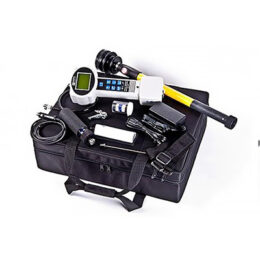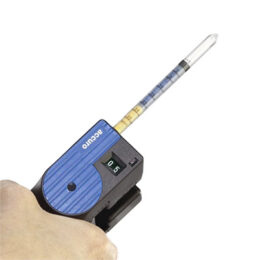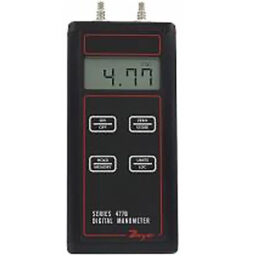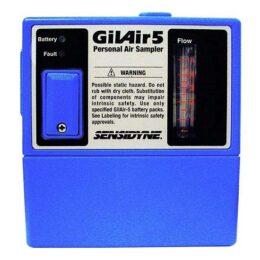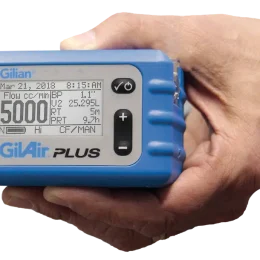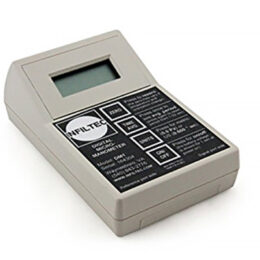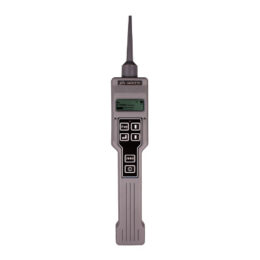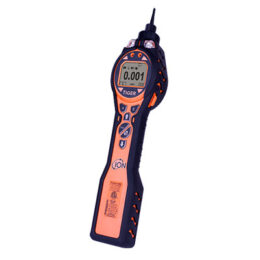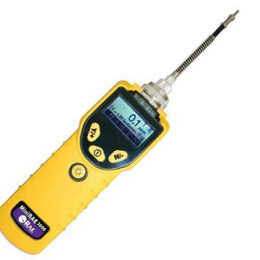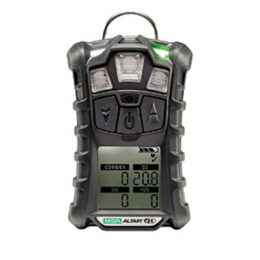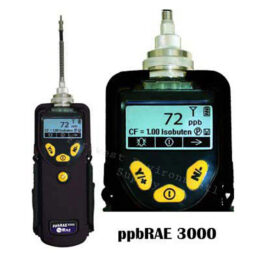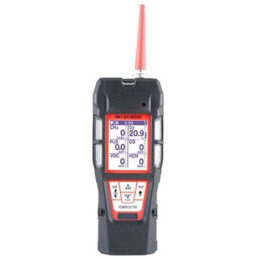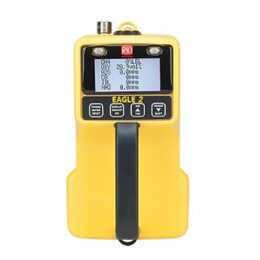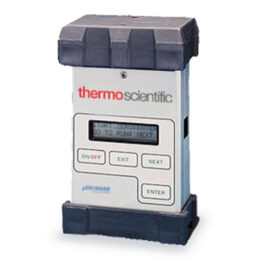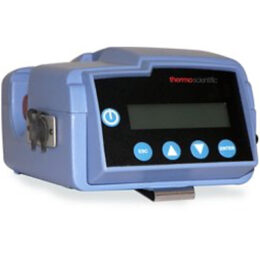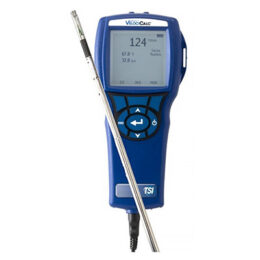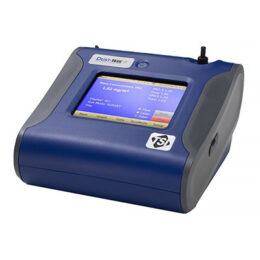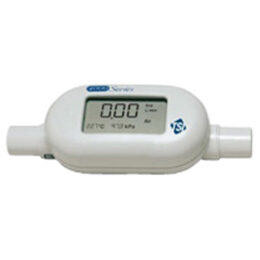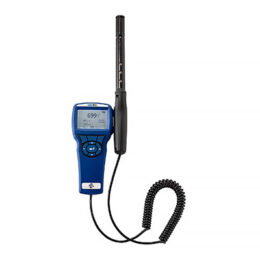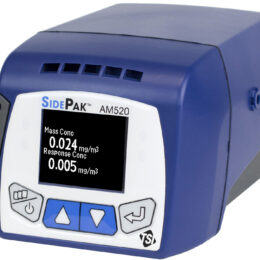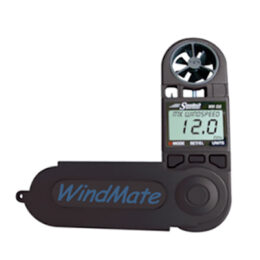Air Quality
Dust, gases, and particles of every size are byproducts of natural forces and human activity. Forest fires, volcanoes, and other natural disasters add particles to the air we breathe, as do modern industry, energy generation, and transportation. To manage the impact on our communities, the world shares responsibility for measuring and assessing environmental risks.
Air quality monitors can be useful in identifying oxygen-deficient or oxygen-enriched atmospheres, immediately dangerous to life or health conditions, elevated levels of airborne contaminants, flammable atmospheres, and radioactive hazards. Direct-reading air quality instruments or monitors provide information at the time of sampling, enabling rapid decision-making. Direct reading instruments are particularly useful for identifying point source contamination or emissions such as gas leaks or for performing screening surveys to determine areas where additional evaluation is warranted.

